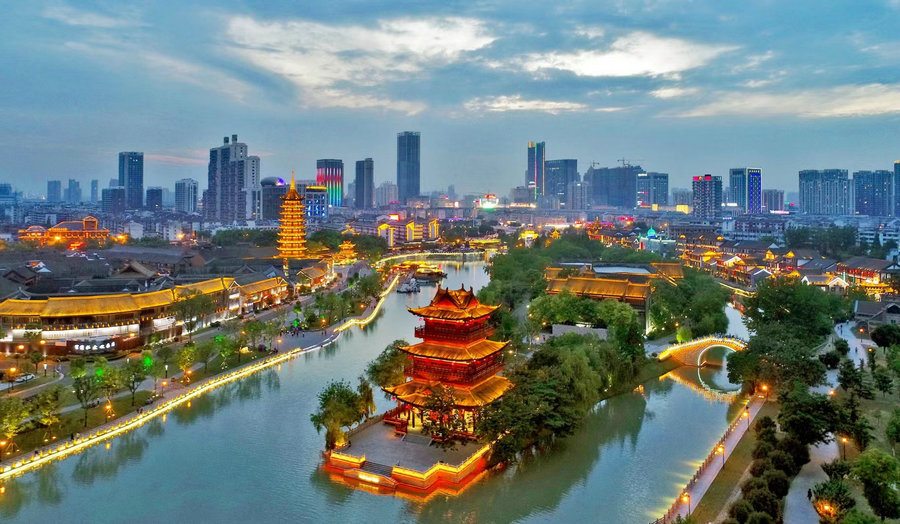

Lying on and named for the Huaihe River, the historical boundary between Northern and Southern Chinese culture, Huai'an is also where the Grand Canal connects with the Huaihe River, making it a natural transportation hub in ancient times.
A strong testament to Huai'an as the Caoyun capital during the Ming and Qing dynasties is the Site of Caoyun Governor's Mansion, discovered in 2002 in the city's Huai'an district during an urban renewal project.
Historical records indicate that China's imperial governments started setting up Caoyun administrations in Huai'an in the Sui Dynasty (581-618), and in the early Ming Dynasty, the central government designated Shanyang (today's Huai'an) as the seat of the empire's top Caoyun authority – Caoyun Governor's Mansion.
The mansion, at its peak, was a sprawling complex consisting of as many as 213 rooms, according to archeological studies.